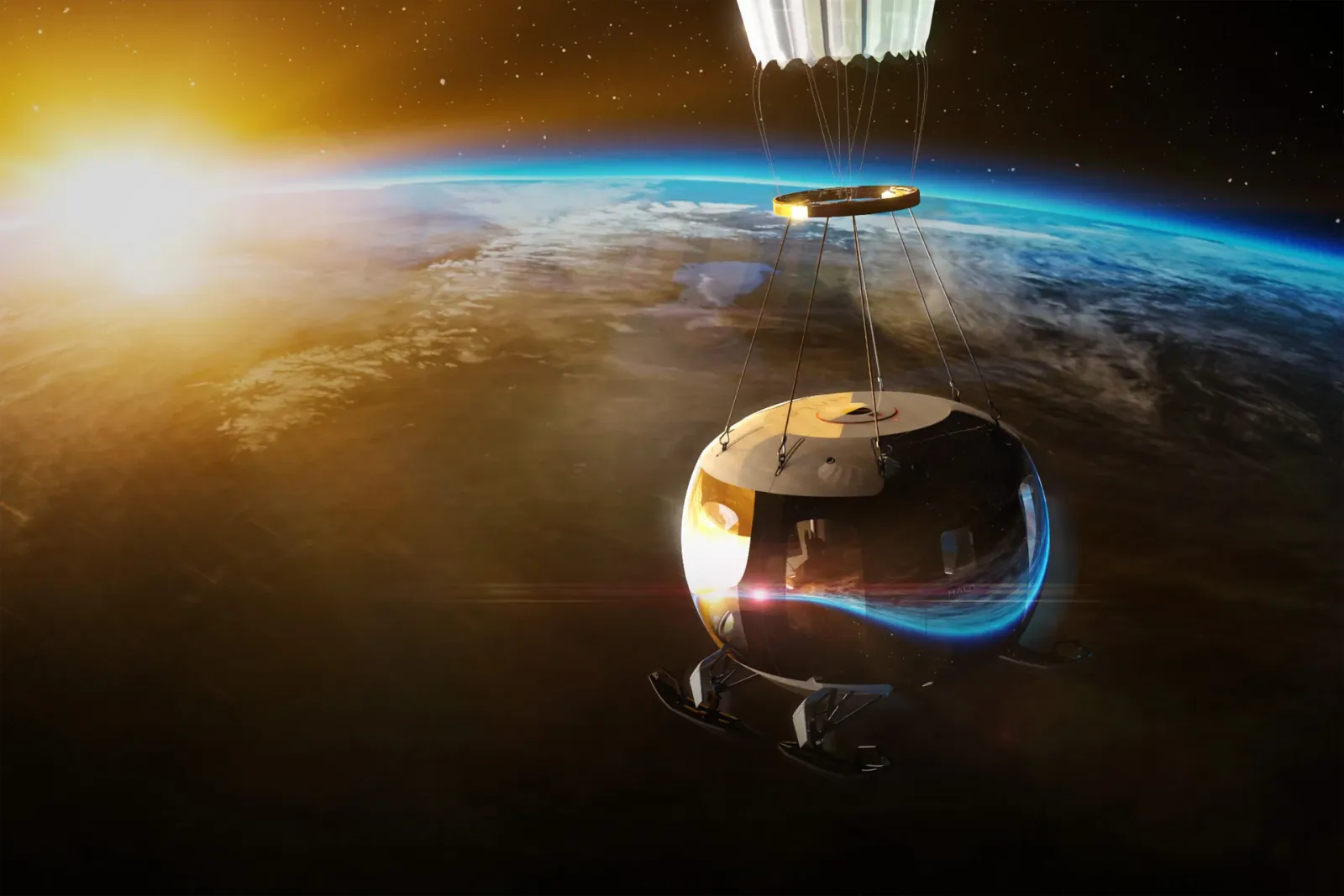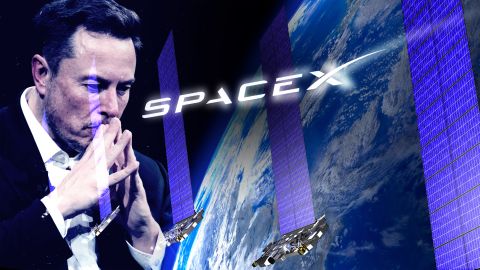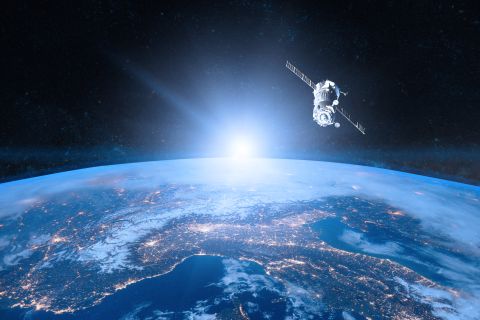ALBAWABA – The Spanish near-space travel startup and pioneer in space tourism sector, Halo Space, plans according to Travel and Tour World to conduct tests on its second real-size prototype capsule at 32 kilometers above the ground from its upcoming takeoff location, Saudi Arabia, sixth test flight to take place in the kingdom.
HALO Space, which has its headquarters in Madrid with plans to establish four bases in Saudi Arabia, the US, Australia and Spain, specializes in stratospheric flights for tourism, announced in a release that it will launch its sixth test flight from the kingdom in June, subject to conditional approval from the Communications, Space and Technology Commission (CST), the Saudi Arabian body in charge of space regulation.

An illustrative image showing HALO Space's prototype space travel capsule in space (HALO Space)
Since this will constitute the very first time in which all the various technologies enabling HALO Space's zero-emission flight to be tested concurrently, it represents a significant milestone not only for the firm but also the space travel sector as a whole; as none of the competitors in this field has yet to accomplish this feat.
Starting in 2026, HALO intends to provide commercial passenger trips to space at a cost of $164,000, which is substantially lower than that of orbital and suborbital travel options, as reported by Arabian Business, with CEO Carlos Mira stating “We are on a mission to make space travel more safe, accessible and affordable. This test will rigorously validate the integrated operation of all critical systems, bringing us one step closer to our goal."
Since the kingdom launched its Saudi Space Commission in 2018, after deliberations about investing $1B in Richard Branson’s Virgin Galactic failed to reach a fruitful stop, it aimed to boost development and research, expedite financial diversification, and increase the private sector's involvement in the international space sector, which according to Zawya, is anticipated to grow to an estimated yearly average of $2.2 billion between 2023 and 2030.









